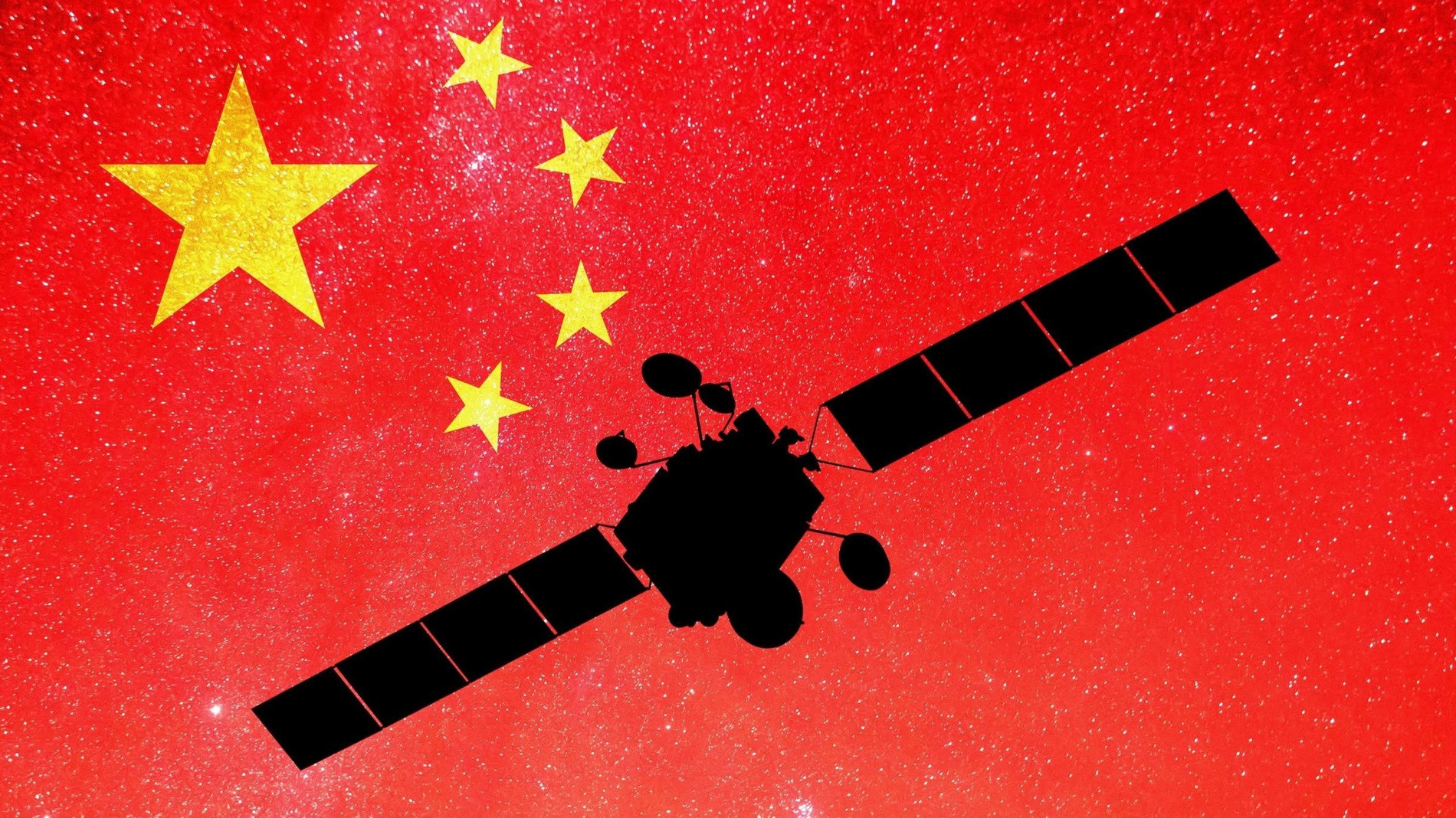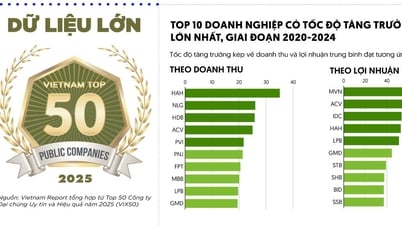China has just achieved a breakthrough in laser communication technology from satellites to the ground, which could pave the way for 6G and other applications.
In early January, Chang Guang Satellite Technology, the company that owns Jilin-1 - the world's largest commercial remote sensing satellite constellation, announced that it had achieved an ultra-high-speed image data transmission speed of 100 Gb/s in a test in late December 2024.
The speed is 10 times higher than the previous test, which was carried out between a truck-mounted ground station and one of the 117 satellites in the Jilin-1 constellation.

This achievement puts Chang Guang Satellite ahead of Elon Musk's Starlink, according to Wang Hanghang, head of laser communication ground station technology.
Starlink has just announced its inter-satellite communications system but has not yet deployed satellite-to-ground communications technology. His company has already begun large-scale deployment, he said.
He also revealed plans to deploy laser communications on all satellites in the Jilin-1 constellation to improve efficiency, with a goal of having 300 satellites by 2027.
Chang Guang Satellite's achievements lay the foundation for the efficient deployment and operation of China's satellite infrastructure, including positioning, 6G and remote sensing applications.
According to him, although the cost of upgrading ground stations is quite high, satellite communications offer wide coverage and low cost, becoming an important direction for 6G development. Until then, laser communication will be the necessary technology.
The laser communication device developed by Chang Guang is about the size of a backpack and supports both inter-satellite and space-to-Earth data transmission. It is scheduled to be launched into space in June 2023.
Meanwhile, the ground-mounted laser communication station helps it avoid problems such as severe weather and interference, improving the stability and reliability of data transmission.
Wang said the company will set up more stations across the country to improve the efficiency of remote sensing image acquisition.
Chang Guang's most recent record was 10 Gbps in October 2023. A speed of 100 Gbps is equivalent to transmitting 10 feature-length movies in just one second, like upgrading from a single-lane highway to a thousand lanes, Wang said.
In addition to satellite Internet, possible applications include large-scale disaster monitoring, defense, smart cities, environmental protection, and emergency response.
The latest achievement marks a major step forward in China's satellite communications capabilities, cementing the country's position in the global space technology race.
(According to SCMP)
Source: https://vietnamnet.vn/trung-quoc-danh-bai-starlink-trong-cuoc-dua-truyen-du-lieu-ve-tinh-2367199.html




























































































Comment (0)